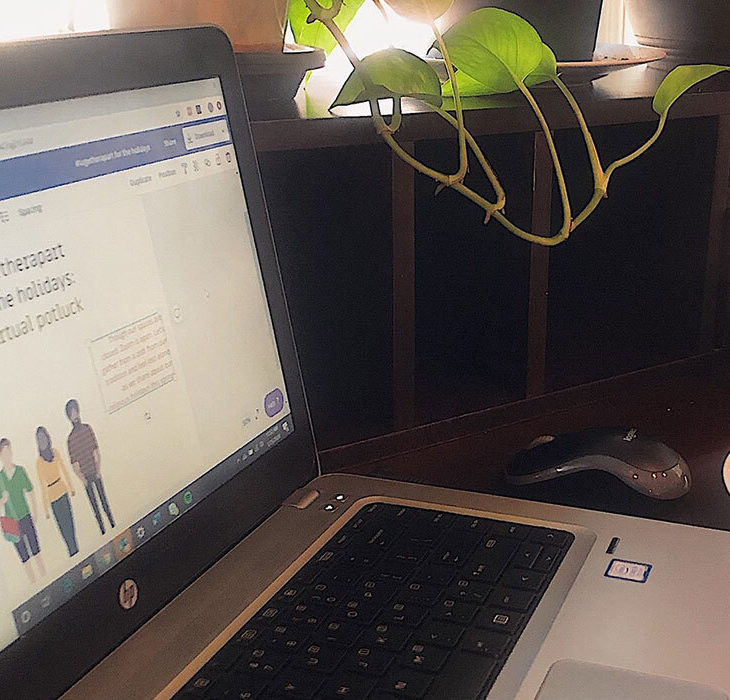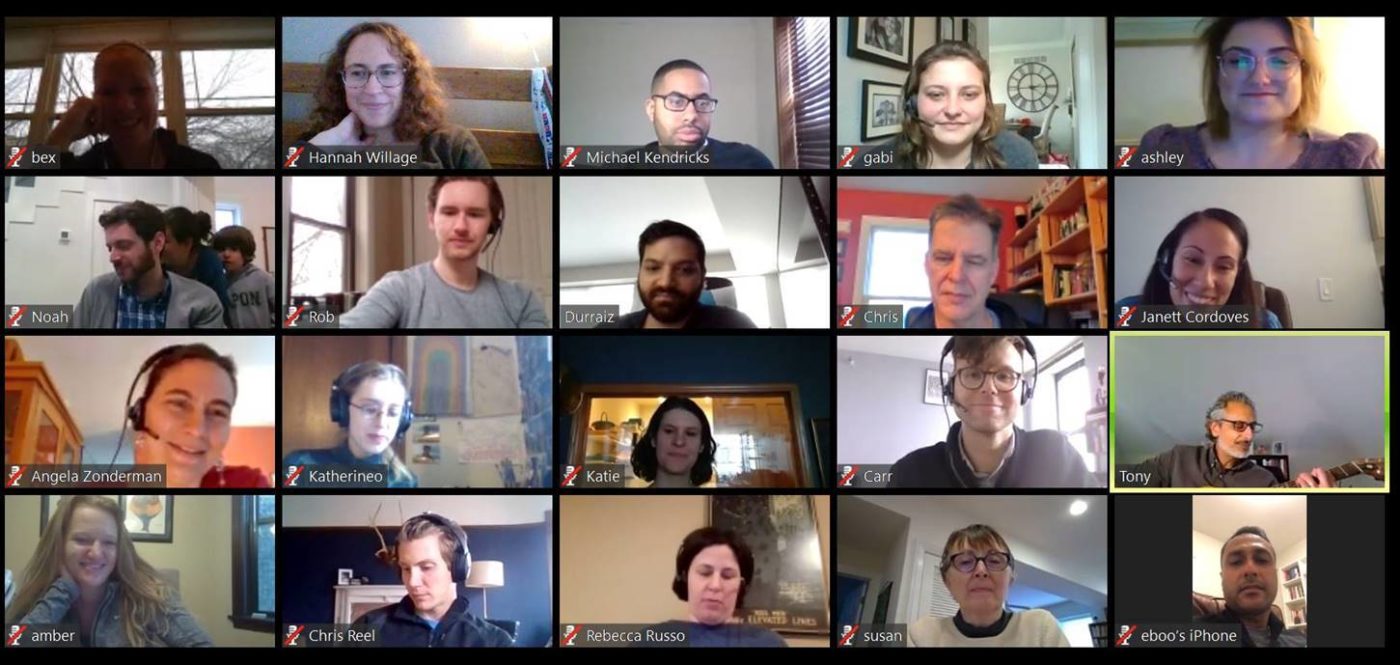Tips for Socially-Distanced Interfaith Leadership
March 27, 2020

What does socially distanced interfaith leadership look like?
In the moment of Covid-19, what does interfaith leadership look like? We all must strike the tough balance between taking care of ourselves under such remarkable circumstances and recognizing that others need our help too. I’ve curated a list of recommendations for how interfaith leaders can respond to the need for community-building and problem solving, both on campus and in their communities at large.
If there was ever a time to get comfortable being on camera, it’s now. Where you might have had social media accounts full of graphic designs advertising events and photography of staged objects for aesthetic appeal, share more footage of who is behind the account. High Point University has been doing a great job of this on both their campus-wide and chapel-specific Instagram accounts. How about chapel musicians at Bellarmine University singing the opening verse for Sunday Mass? Let your community know that you’re available for them now just as you were in person, if not more.
Interfaith leadership is premised on knowing one another and reaching out across difference to serve the common good. The needs will change week to week, but here are a few ideas for now:
Share
Related Articles

Gather your friends on Zoom, Google Hangouts, etc. and have people bring a dish they eat during their religious holiday and share a little about it. This spring is full of religious holidays (Ramadan, Easter, Passover, etc.). Now that worship spaces are closed and gatherings are harder to come by, our respective celebrations will necessarily look different. How can we come together and use this as an opportunity for interfaith connection?
Times of crisis bear an emotional weight, so it’s healthy to balance our need to stay updated with communities as religious, ethnic, familial, collegial have a lot of experience in persevering through hard times and even great suffering. Share the music, the stories, the images and even the funny captions that share this kind of resilience and joy for your network. On our end, we’re going to share playlists to bring content to people’s feeds that is intended for pure enjoyment with the bonus of some religious literacy on the side.
You’ve likely seen stories of a rise in attacks against Asian Americans in public spaces. This phenomenon has emerged amidst a broader trend of rising bias incidents (Anti-Jewish, Islamophobic, Anti-Black) in a climate of polarization. While some will act out of fear in this moment, we can continue to tell humanizing stories focused on cooperation and our common good.
The bottom line is this: If you feel called to interfaith leadership, you’re also in the business of building relationships and helping others. That’s what we do. Our individual capacities to give of ourselves during this time will ebb and flow, but if we re-commit to our calling as a collective there will certainly be enough energy to sustain efforts that mark this as a time of true civic pluralism. Share stories of how you are using interfaith leadership in this moment, and we’ll share them via Instagram to build community and continue sharing ideas.
Hannah Minks is a IFYC Program Manager.



